Calculus
Calculus is a branch of mathematics that focuses on rates of change and accumulation. It is a fundamental tool in many fields such as physics, engineering, economics, and computer science.
Key Concepts in Calculus
1. Differentiation
Differentiation is the process of finding the rate at which a function changes. It involves finding the derivative of a function, which gives the slope of the tangent line to the function's graph at any given point.
2. Integration
Integration is the process of finding the accumulation of quantities. It involves finding the integral of a function, which represents the area under the curve of the function.
3. Limits
Limits are used to define the behavior of a function as it approaches a certain value. Calculus uses limits to define derivatives and integrals.
4. Applications of Calculus
Calculus has numerous real-world applications, including determining motion, optimizing functions, and solving complex problems in various fields.
Study Guide for Calculus
- Understand the concept of a derivative and how to find the derivative of a function.
- Learn the rules of differentiation, including the power rule, product rule, quotient rule, and chain rule.
- Practice finding the derivative of various functions, including polynomial, trigonometric, exponential, and logarithmic functions.
- Understand the concept of an integral and how to find the integral of a function.
- Learn the techniques of integration, including substitution, integration by parts, and trigonometric integrals.
- Practice solving problems involving motion, optimization, and area using calculus concepts.
- Understand the concept of limits and how they are used in calculus.
- Explore real-world applications of calculus, such as in physics, engineering, economics, and biology.
- Review and practice using calculus in various problem-solving scenarios.
◂Science Worksheets and Study Guides Fourth Grade. Fossils and extinct animals
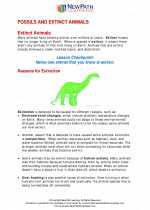
 Worksheet/Answer key
Worksheet/Answer key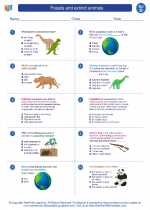
 Worksheet/Answer key
Worksheet/Answer key
 Worksheet/Answer key
Worksheet/Answer key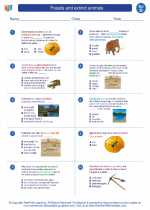
 Vocabulary/Answer key
Vocabulary/Answer key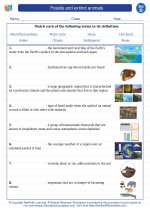
 Vocabulary/Answer key
Vocabulary/Answer key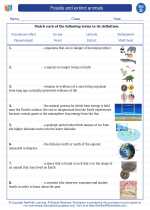
 Vocabulary/Answer key
Vocabulary/Answer key
 Vocabulary/Answer key
Vocabulary/Answer key
